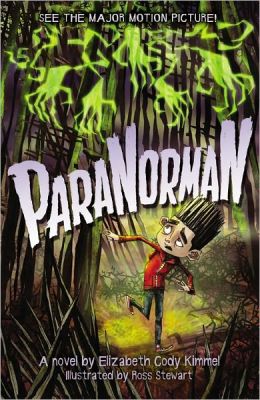The Familiars #3: Circle of Heroes
Author/Artist: Adam Jay Epstein
Rating (out of five stars): 5/5
Reviewer: Todd
Summary: Can the familiars bring magic back to the queendom?
Vastia is in a state of war. Led by the evil Paksahara, whose command of the Shifting Fortress gives her nearly unstoppable power, an army of undead animals is wreaking havoc on the queendom. With human magic still gone, it's up to the three prophesized familiars—Aldwyn, Skylar, and Gilbert—to capture the fortress and bring Paksahara down.
But it won't be easy. The three familiars must embark on a quest to gather seven descendants of the most ancient and powerful animals in Vastia. And to make matters worse, Aldwyn finds a troubling scroll that causes him to doubt the very truth of the prophecy that guides them – Amazon.com
Review:
As with the previous parts of this trilogy I found that the writing style was simplistic to help the young reader easily take in the story of good quality. As these qualities have remained constant across the Trilogy, I think the Familiars books are a good first step for a child into the fantasy genre. But the real appeal of these books I’ve found are the hidden themes touched upon.
The themes of this book as I’ve come across them are; Regret for what did and didn’t happen, Acceptance of the choices you’ve made and how they affected others, and Coping with the pressures of the roles others assign to you and possibly failing in them.
Throughout the course of the book the characters face their regrets concerning their actions and things outside their control; the loss of family and friends through death and fighting one another, learning that one choice could have changed everything, and finding out that the journey had become tainted from one unexpected return from their past adventures.
Accepting the world and the consequences your choices cause in it is a lesson that everyone learns and struggles with. One of the characters met on this latest part of the Protagonists’ journey has struggled for years with this lesson, for his kind literally possess the power to see the different outcomes of anyone’s past choices. Because of not accepting this lesson with regards to the loss of his dearest friend and knowing he could have done something different left him damaged in regards to sanity and emotional stability.
During the course of the story the main character learns that sometimes prophecies become false due to things unexpected. Because of this he doubts whether or not they will succeed, and these doubts only grow as he not only keeps this revelation hidden from his friends but learns if they had never met things would have progressed far differently than they had for the war. Finally this issue is resolved when someone gives him sound advice that can be taken to mean for people in the real world, “No matter what anyone says or decides for your future what you will or won’t become depends on your choices and the work you put to them.”
Continuing on with a trend I’ve found in these books is another theme aimed towards young adopted children. In the first book it was of a child wondering if his new home would truly accept him if they knew the real him underneath the stories he told to make himself more appealing to them. The second was about that child questioning about their birth family, and if what is learned will make them happy in the end. Here it’s about the child coming across something unexpected to make them doubt their place in the family, if the feelings given to them by the family could have just as easily given to someone else.
These themes were unexpected when I started the books, but they made it richer reading experience from my finding them. While these themes are a little advanced for the age group the book is geared they are things that will have to be confronted and these books can help the reader take the steps to do so. For these reasons, I have to applaud not only the Circle of Heroes but the entire series.









